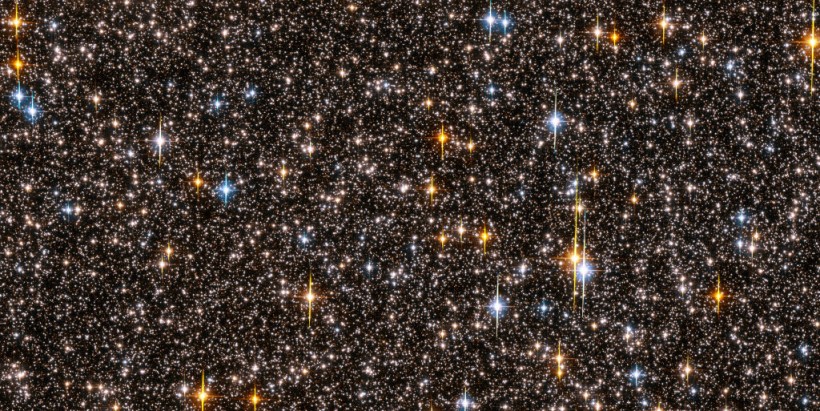With several telescopes globally, astronomers found at least 70 rogue planets in the Milky way that marked the largest group of rogue planets ever discovered.
As indicated in an INVERSE report, rogue planets are not playing by the rules. More so, these so-called "free-floaters" are roaming the universe on their minus being around a host star.
Moreover, astronomers do not know much about these rebellious worlds, although recent findings may help them learn more about the said planets. A research team detailed its finding in a recently published study.
When clearing the cosmos for exoplanets, astronomers wait for a dip at the star's light that reflects when a planet transits around the star.
In connection to this, NASA launched its Kepler space telescope in 2009 to search for Earth-like planets orbiting different stars.
However, in 2012, the gigantic device could spot a free-floating planet-mass object roughly 100 light-years away from this planet.
ALSO READ: Astronomers Catch Radio Signals Emanating from the Milky Way; Where Is the Source Coming From?

Picture released 04 October 2006 by the European Space Agency shows one-half of the Hubble Space Telescope field of view with nine stars orbited by planets with periods of a few days.
Rogue Planets
Planet CFBDSIR2149 was the first-ever free-floating planet identified, and its nearness helped astronomers find out more about such variances in the planets.
Also called free-floating, nomad, or orphan plants, Rogue planets wander the cosmos minus orbiting a star, EurekAlert! specified in a similar report.
In October last year, astronomers found an Earth-sized rogue world in the galaxy, and some scientists believe such planets can host life amidst all odds.
There may be a lot of free floaters in the Milky Way, although such planets are quite challenging to discover since they do not virtually release light. More so, they do not transit in front of a star from one's view on this planet.
Rather, the astronomers find rogue planets through microlensing. Such an approach is using an object in the background as a "magnifying lens" when a foreground object is moving in front of it, bending the light in a manner that can unveil the mass of the planet.
Up to 170 Planets Found
The team responsible for this recent find used data that spanned two decades following various ground-based and space telescopes, including the Gaia satellite of the European Space Agency, combined with tens of thousands of wide-field images.
The team observed the motion and the luminosity of millions of sources shown in the data. The research team discovered at least 70 rogue planets and a maximum of 170 candidate planets.
More so, they also found that free-floaters in a star-forming region close to the Sun positioned within the Ophiuchus and Scorpius constellations.
According to an astronomer who's also the lead author of the study, Nuria Miret-Roig, from the Laboratoire d'Astrophysique de Bordeaux, France, and the University of Vienna, Austria, they did not know how many to expect and that they are excited to have discovered so many.
The recent discovery hints that there could be more of the rogue planets wandering the galaxy. Nonetheless, scientists are still unsure of their origin.
As specified in the study published in the Nature Astronomy journal, rogue planets could have formed in a similar way stars do, from a cloud of dust and gas, and exist on their own, or they could have once been included in the star system before they get ejected.
Related information about the rogue planets are shown on V101 Science's YouTube video below:
RELATED ARTICLE: Exomoons May Be Showing Signs of Surface Life Due to Thawing
Check out more news and information on Space on Science Times.














